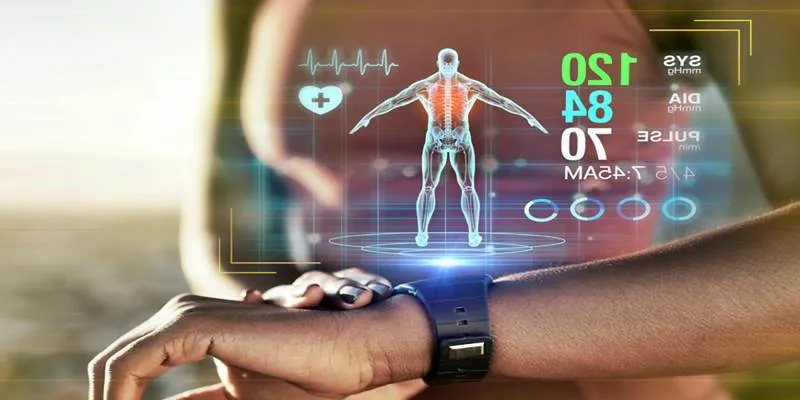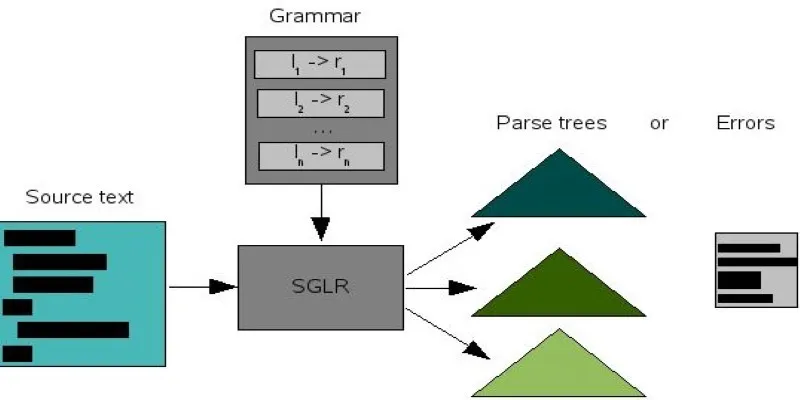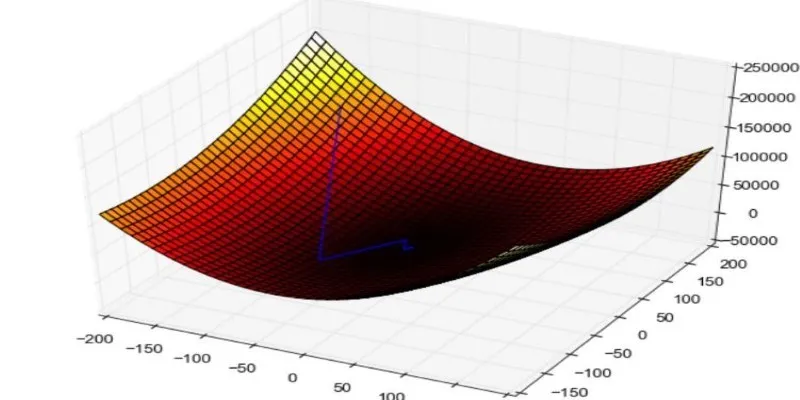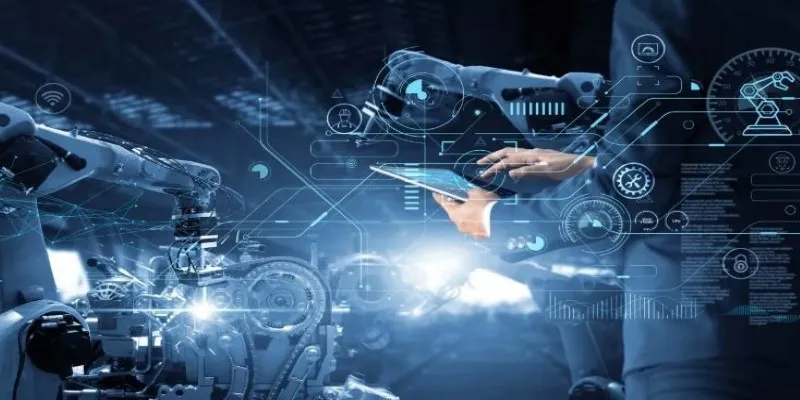A new generation of wearable technology is changing how we care for our hearts. The AI-powered heart monitor offers real-time tracking and imaging of cardiac activity in a way that feels natural and unobtrusive. This device goes beyond merely counting beats or measuring rhythms; it analyzes and interprets patterns in real-time, providing clear and immediate feedback.
It’s designed for everyone—whether you’re managing a diagnosed condition, recovering from surgery, or simply curious about your heart health. By combining sophisticated sensors with artificial intelligence, it brings insights once limited to hospitals into your daily life.
How the AI-Powered Heart Monitor Works
At its core, the wearable AI-powered heart monitor integrates advanced biosensors with machine learning models. Thin, flexible electrodes embedded in the fabric make constant contact with the skin, recording electrical signals and blood flow patterns without causing discomfort. These signals are then processed by an onboard AI system trained to recognize normal variations as well as early signs of potential trouble.

One feature that sets it apart is its ability to generate imaging data alongside the usual metrics. Using ultrasound micro-transducers and photoplethysmography, the device creates a live, simplified image of heart motion, valves, and blood circulation. The AI interprets the imaging output, highlighting irregularities and estimating the probability of certain conditions if patterns persist.
All data is transmitted securely to a paired smartphone app or a medical provider’s dashboard. The display shows real-time heart rate, rhythm, oxygen saturation, and the latest heart images. For doctors, the imaging component adds another layer of context that was previously only available in clinics with echocardiography equipment. Patients see a simplified version designed to be easy to understand without medical training.
Benefits Beyond Numbers
For many users, this technology offers reassurance. The AI-powered heart monitor doesn’t just deliver numbers—it explains what they mean, flagging trends and suggesting when to seek medical attention. For example, it can distinguish between harmless fluctuations and patterns that may indicate conditions such as atrial fibrillation or valve dysfunction. The real-time imaging means subtle changes in the shape or motion of the heart can be spotted far earlier than with occasional visits to a cardiologist.
For people recovering from surgery, such close monitoring allows them to stay home rather than extend hospital stays, while doctors can still keep a close watch on their recovery through the shared data. Athletes and fitness enthusiasts use the device to understand how their training affects heart health over time, and older adults benefit from a gentle, always-there safety net.
Caregivers also find value in this device, especially when caring for elderly relatives with heart issues. Rather than guessing or waiting for symptoms to appear, they can check the readings and images at any time and contact a healthcare provider if something seems wrong. This helps avoid unnecessary hospital visits while catching problems earlier.
How AI Improves Accuracy and Interpretation
Traditional monitors are good at recording data, but they leave interpretation to a clinician later. The AI-powered heart monitor completely changes that dynamic. Its algorithms have been trained on thousands of real patient cases, learning to distinguish between different types of arrhythmias, heart strain, and valve problems. The more it is used, the smarter it gets, adapting to the wearer’s unique baseline and learning what is normal for them specifically.

This personalization reduces false alarms while increasing sensitivity to meaningful changes and subtle warning signs. The imaging component further improves accuracy. For example, detecting a minor valve leak on a regular ECG is difficult without additional tests, but the combined electrical and imaging data can make the diagnosis more obvious, even in a home setting.
Unlike older devices that simply record and store information for later review, this one provides immediate, actionable feedback. If a significant issue is detected, the app can suggest scheduling a doctor’s appointment or even alert emergency services in the event of serious, time-critical situations. This proactive feature helps save precious time in situations where every minute counts.
Future Potential and Accessibility
The wearable AI-powered heart monitor illustrates how technology is becoming more accessible and patient-friendly. By making advanced monitoring portable, it allows people in remote areas or those with mobility issues to benefit from continuous care without frequent hospital trips. This is especially important in communities where access to cardiology specialists is limited.
There is also potential for this kind of device to support clinical research. With thousands of users, researchers can gather large-scale, anonymized data to study population-level heart health trends, thereby helping to improve prevention strategies.
Manufacturers are working on making the monitors more affordable and compatible with a wide range of smartphones and healthcare systems. As adoption grows, insurance coverage may also improve, making it easier for more people to utilize it.
These devices could also expand to include monitoring for related conditions such as hypertension or sleep apnea, providing a much fuller and clearer picture of cardiovascular and respiratory health in one package. The combination of real-time tracking and imaging, guided by AI, opens doors for smarter, more effective preventive care.
Conclusion
The wearable AI-powered heart monitor is reshaping how we connect with our heart health. It combines live tracking, advanced imaging, and intelligent interpretation to bring hospital-grade insight into the home. For those living with heart conditions, it provides peace of mind and immediate information. For healthcare providers, it offers richer data and earlier warnings, helping guide treatment and prevent complications. The mix of real-time analysis, personal adaptability, and imaging sets this device apart from earlier generations of wearable monitors. As technology continues to improve, these monitors may become a routine part of everyday health, giving people the confidence to keep a closer watch on one of the body’s most important organs.
 zfn9
zfn9























